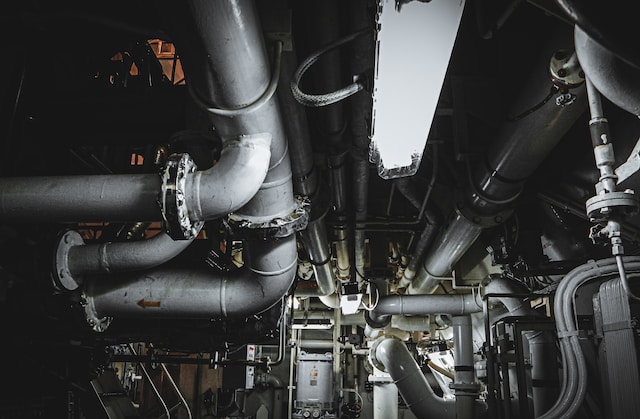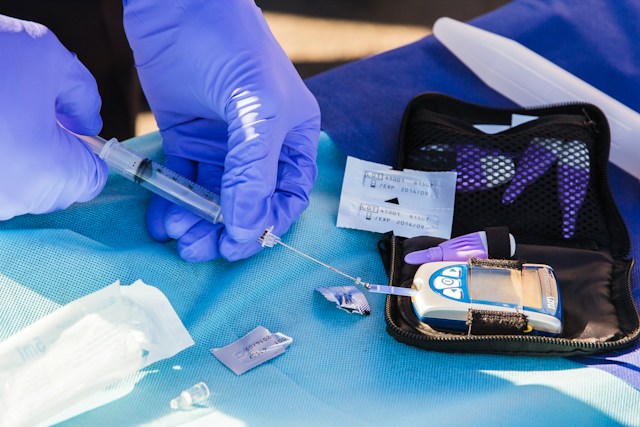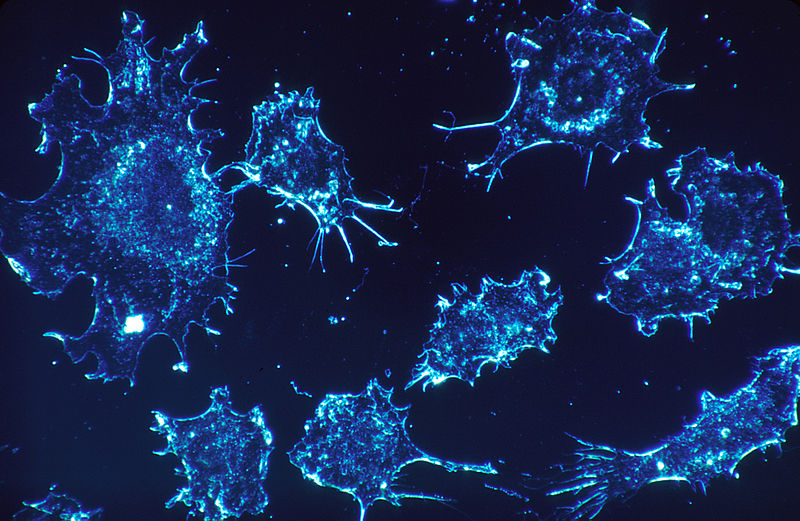The conventional aerial imaging of gas pipeline monitoring evolved into advanced techniques such as Hyperspectral imagery. This was a one-time peak innovation. However, obsolescence has seen more efficient alternatives come up.
This transition is not just a technological one. It responds to an ever-changing world that demands effective, economic, and accessible methods of monitoring. Even though hyperspectral imagery was hailed for enabling the capture of a wide range of wavelengths per pixel in an image, intricacy and costs made it impractical.
Changes were necessary, and we are now seeing newer methods that account for safety and environmental issues in cost-effective ways.
The immediacy in embracing such workable and economically sustainable solutions mirrors the global fight against climate change. Let’s have a look at these technologies.
SCADA (Supervisory Control and Data Acquisition) Systems
The most recent advancements in monitoring gas pipelines have been Supervisory Control and Data Acquisition (SCADA) systems. Acting as the operational orchestrators, SCADA systems collect a plethora of crucial data—pressure, flow rate, temperature, and valve statuses.
These systems work by using remote terminal units and programmable logic controllers that communicate with sensors strategically placed along the pipeline.
Continuous pressure measuring pressure sensors are among other types which form the backbone of SCADA systems transmitting the data. The centralized control center applies advanced algorithms to examine this data so that it can be used for real-time monitoring, with response to any anomaly.
Acoustic Leak Detection
Acoustic leak detection is geared towards strategically positioned microphones along the pipeline route. They actively listen for distinct sounds indicative of a potential leak—such as hissing or whistling.
This system perceives these cues through acoustic sensors that have high sensitivity levels. It changes the cues into readable data. Aided by pressure sensors that measure changes in pressure, this system helps to locate leaks, not just quickly but also accurately pinpoint them.
Fiber Optic Sensing
Fiber optic sensing is a marvel in continuous-monitoring technology. Sensors that are made of fiber optic are woven into the very fabric of the pipeline’s insulation walls. They use light to make measurements of critical parameters such as temperature, pressure, and strain. Such sensors operate based on change detection in properties of light as it propagates through the fiber optic.
This system thus presents great detail and accuracy about pipeline conditions. While pressure measurements are just one facet, fiber optic sensing’s holistic approach ensures its long-range abilities, high accuracy, and resilience against harsh environmental conditions.
Thermal Imaging Cameras
When you talk about multifunctional sentinels along the gas pipeline route, thermal imaging cameras rank among the main solutions. They detect anomalies such as temperature variations but in a visual manner.
But that’s in relevance to a leak or structural irregularity. Moreover, thermal imaging cameras operate perfectly under low light conditions and guarantee round-the-clock surveillance.
Pressure sensors, although not applied directly in thermal imaging, are important components of the entire system. They work in tandem with the cameras to pinpoint exact areas of defect.
Aerial Inspections
The limits of gas pipeline inspections have been redefined with drones that come equipped with high-resolution cameras and sensors. Taking pictures for coverage along a length in which the route of the pipeline lies, these drones gather a lot of useful data. Also, the value of this method cannot be overstated when it pertains to hard-to-reach places.
Even if these regions are fitted with sensors, data from aerial inspection may help verify the readings from sensors. That results in elevated accuracy.
PIMS
PPIMS combines different technologies to observe and interpret the state of the pipeline. It is within such audits that we can say PIMS encompasses intelligent pigging, cathodic protection as well as hydrostatic testing. Intelligent pigging entails sensors through the pipeline for the purposes of assessing its integrity.
It gets better with corrosion prevention methods called Cathodic protection and hydrostatic testing. This just helps evaluate how strong a pipeline is when subjected to high pressure.
These pressure measurements and test readings provide a comprehensive evaluation of the pipeline’s integrity since they are taken at various locations where pressure sensors, transducers, and transmitters are embedded within PIMS.
Conclusion
So, these are the six technologies for monitoring gas pipelines. The landscape of gas pipeline monitoring is vast and dynamic, with each technology playing a distinct role in ensuring safety and reliability. The diversity and synergy of these innovations promise a cost-effective future where safety is not only achievable but guaranteed.







